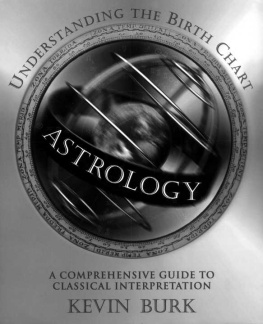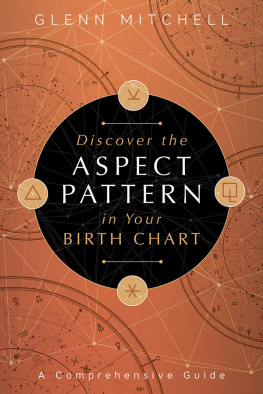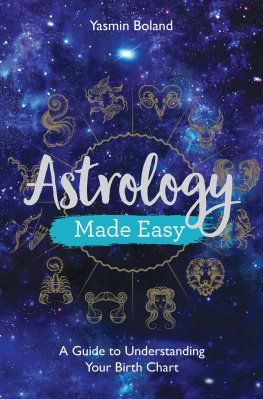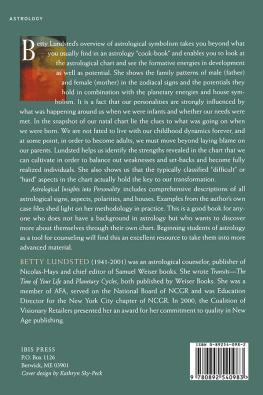
Published in 2009 by
IBIS PRESS
an imprint of Nicolas-Hays, Inc.
P. O. Box 540206 Lake Worth, FL 33454-0206
www.nicolashays.com
Distributed to the trade by Red Wheel/Weiser, LLC
65 Parker St., Unit 7 Newburyport, MA 01950-4600
www.redwheelweiser.com
Copyright 2009 Tracy Marks
All rights reserved. No part of this publication may be reproduced or transmitted in any form or by any means, electronic or mechanical, including photocopying, recording, or by any information storage and retrieval system, without permission in writing from Nicolas-Hays, Inc. Reviewers may quote brief passages.
Special thanks to David Perloff, to Yvonne Paglia of Ibis Press, and to Stephen Arroyo of CRCS Publications, which published the previous edition of this book.
Quotations by Liv Ullman are reprinted from Changing ( 1976, 1977 by Liv Ullman), with permission from Alfred A. Knopf, Inc.
Library of Congress Cataloging-in-Publication Data available on reequest.
ISBN 978-0-89254-142-3
VG
Cover and text design by Kathryn Sky-Peck
Cover photograph by Marcelo Teson is a detail of the astronomical clock in
St. Mark's Square in Venice, Italy. Used by permission.
Printed in the United States of America
12 11 10 09 08 07 06
7 6 5 4 3 2 1
www.redwheelweiser.com
www.redwheelweiser.com/newsletter
CONTENTS
Part I:
Techniques of Chart Synthesis & Interpretation
Part II:
Practice In Chart Synthesis
Part III:
The Process of Astrological Counseling & Interpretation
PREFACE TO THE THIRD EDITION
T his book is the third edition, revised and updated, of a book I originally wrote and published in 1979, entitled The Art of Chart Synthesis. My aim then, as now, was to present a system which I had developed for analyzing and synthesizing the birthchart. In 1986, after returning to graduate school and completing my initial training as a counselor, I republished The Art of Chart Synthesis, now retitled The Art of Chart Interpretation, including in the new edition two chapters on the counseling and interpersonal dimensions of astrological interpretation.
During this time period, I benefited not only from my psychotherapeutic training, but also experienced four years of intensive heartopening psychotherapy with a psychosynthesis-trained psychologist. My experience as a client, which began with a Jupiter/Saturn conjunction on my Sun, completely altered not only my personal relationships, but also my approach to astrology.
Since 1986, I have continued to maintain two separate counseling practices, one as a licensed mental health counselor, and another as an astrologer. Although my understanding and methods have continued to develop, in my astrology practice I still rely, to a large extent, on the system of interpretation which I presented in the last edition of The Art of Chart Interpretation. For that reason, I have only made a few alterations to the first two sections of this book, and have added an appendix of planetary keywords.
The primary additions to The Art of Chart Interpretation are to the third section, on the process of astrological counseling. Here, I have considerably expanded material on three different subjectsinitial contact with the client, preparing a session, and conducting a session. Rather than tell you exactly how to do astrological counseling, I present my own process, so that you may adapt what you find useful to your own personality and experience. I do, however, provide guidelines and suggestions for creating a safe environment, responding to the needs of your clients, and constructively presenting astrological information.
If you are not a trained counselor, you will want to focus on the interpretative process itself, and avoid stirring up emotional issues which you are not prepared to handle. However, understanding the approach of a counseling-oriented astrologer, and being prepared to deal with the sometimes difficult interpersonal dimension of a session, will help you improve your skills as an astrologer and your capacity to benefit the friends and clients with whom you conduct astrological sessions.
TRACY MARKS
Arlington, Massachusetts
June 12, 2008
INTRODUCTION
T he dilemma that most of us face, after we have learned the meanings of the planets, signs, houses and aspects, and have begun to delineate the bits and pieces of the chart, is how to view the chart as a whole and determine its primary characteristics. The vast array of planets and aspects so easily becomes a dense jungle of twisted vines which prevents us from discovering the trail that leads out of the undergrowth, to the central meaning and purpose of the chart itself. Only by becoming so familiar with each of the multifaceted parts of the chart that interpreting the details becomes automatic, and only by consciously focusing upon the overall pattern and the chart's most outstanding characteristics, can we begin to master the art of interpretation and synthesis rather than lose ourselves in the tangle of hundreds of interrelated variables.
Many of us, when we begin interpreting charts, feel that we must cover everythingevery planet, sign, house, and aspect. If we don't, we fear that we may be neglecting something important, or failing to give a complete picture of the influences operating at birth. But in covering everything, we often end up covering nothing, because we fill our minds and our clients' minds with so many minute details that all that remains for all concerned when the reading is finished is a foggy blur.
Some of us may approach a chart by interpreting it house by house, beginning with the first house and moving counterclockwise around the wheel. Others may begin with the Sun and consider every planet in turnMoon, Mercury, Venus, etc. Still others may attempt to transform chaos into order by considering each area of life important to the clientlove, work, home and family, etc., and interpreting all the planets, signs and houses associated with it.
These systems of interpretation may work for some astrologers and some clients. But they lack an essential element necessary to giving a meaningful readingattention to priorities, to the central meanings of the chart above and beyond its multifaceted characteristics. Without this focus, the most prominent issues of the chart are likely to be lost in an array of minor issues. Without this focus, clients have nothing to grab onto to help them relate all that is told to them in a meaningful and unified way; as a result, they forget most of it or consider it in only a superficial manner. Covering everything does not help clients to assimilate everything; most often, it overwhelms and confuses them, so that they are less sure of their identity and direction when they leave the room than when they entered.
If we want our clients to emerge with clearer mental pictures of themselves, including the understanding of their predominant strengths and talents, and the weaknesses and conflicts which can become strengths and talents once they develop the desire and resolution to transform them, we must aim for quality and depth of insight in our readings rather than quantity and breadth of scope. After we have spent at least an hour on the most distinctive characteristics of a chart, we can always: 1) consider several of the minor characteristics; 2) give a comprehensive delineation of one of the areas of life (most frequently love or work) which is the client's primary concern now; and 3) answer questions which were not answered during the initial interpretation.
Next page

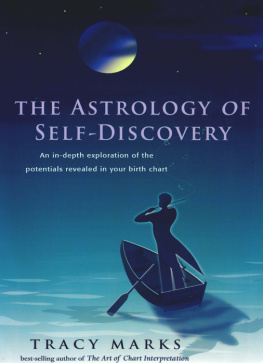
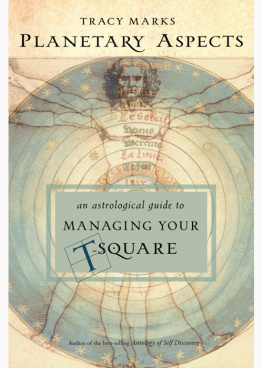
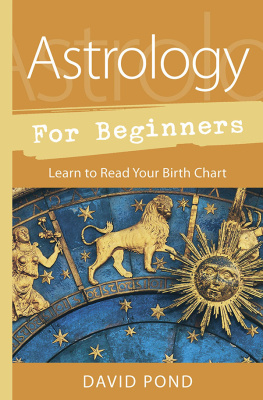
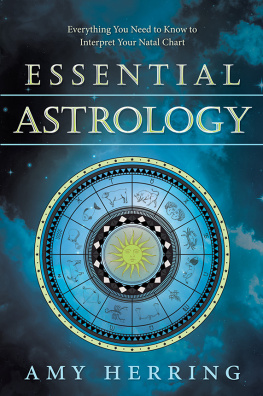

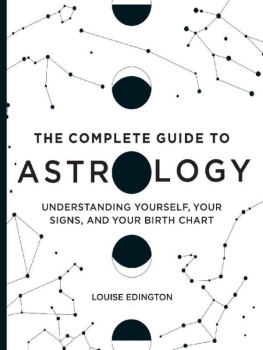
![Kevin B. Burk - Principles of Practical Natal Astrology: Talented Astrologer Training Book 1 [FIXED Layout EPUB]](/uploads/posts/book/156304/thumbs/kevin-b-burk-principles-of-practical-natal.jpg)
